
Ancient Egyptian theology often juxtaposed multiple conceptions of the divine in attempts to encapsulate the true totality of divine power. These different conceptions, which were usually outright contradictory, could be…
Read More
Ancient Egyptian theology often juxtaposed multiple conceptions of the divine in attempts to encapsulate the true totality of divine power. These different conceptions, which were usually outright contradictory, could be…
Read More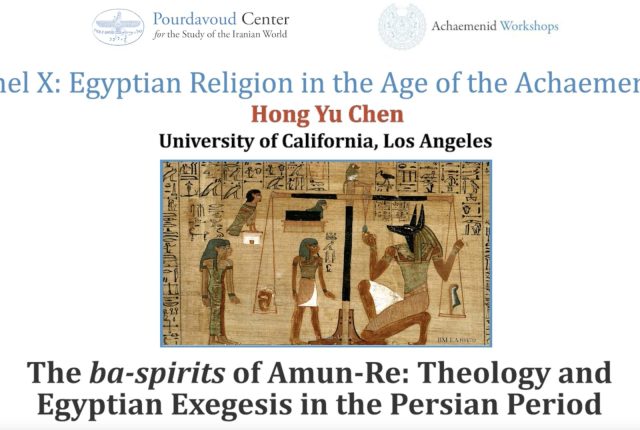
The imprints of the Achaemenid empire are scant in the monumental records of Egypt, and this lack of evidence has presented a significant hurdle in our understanding of the relationship…
Read More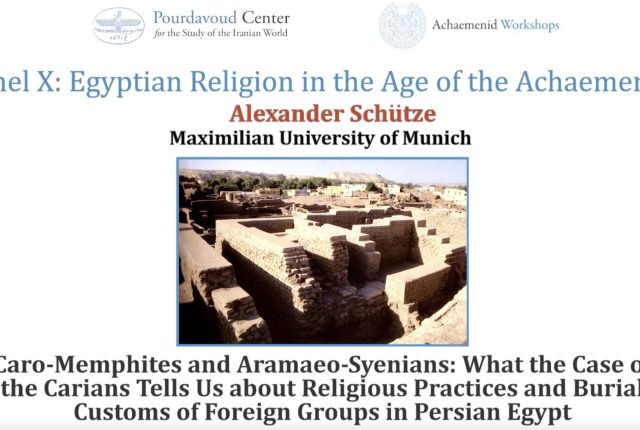
Identity and religiosity are central themes in the study of the Judeo-Aramaeans of Elephantine, as evidenced by a large number of relevant publications in recent years. However, the institutional context…
Read More
It is rather difficult to find Persians in Egypt. Surely there were some; for instance, six or seven satraps are known by name. But the longest serving of these, Arshama,…
Read More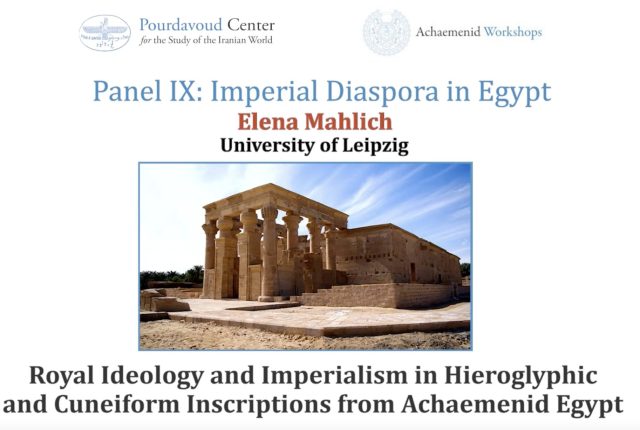
Various monumental royal inscriptions have survived from the First Achaemenid Period in Egypt (525–404 BCE), in which the Persian rulers are legitimized as Egyptian pharaohs. In addition to the texts…
Read More
Eunuchs, (Greek εὐνοῦχοι) are a central feature in Classical depictions of the Achaemenid court. They control access to the royal family and guard royal children in Herodotos (3.77; 130; 8.104)…
Read More
Scholars today generally continue to accept Pierre Briant’s influential description of a dominant Persian ethno-class as the topmost stratum of the Achaemenid empire. At the same time, a diverse corpus…
Read More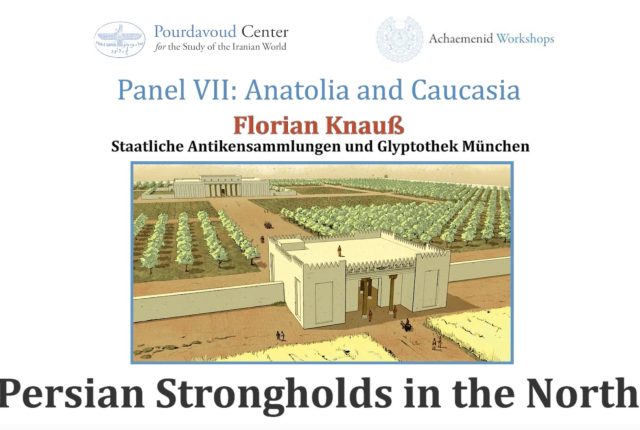
The Achaemenid empire was the first world empire in history and one of the largest ever. But for most of modern archaeological investigation as a dicipline, it seemed to have…
Read More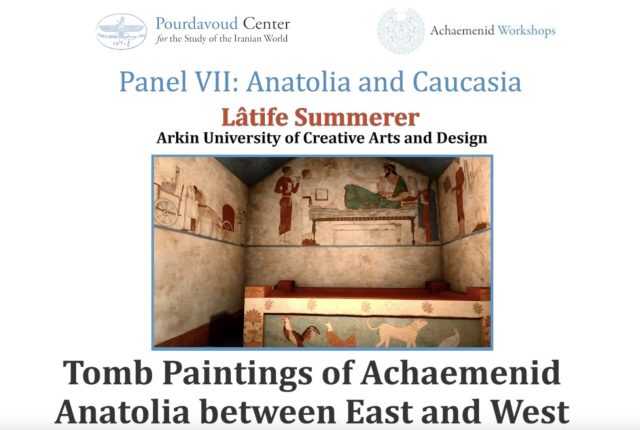
The diverse array of funerary traditions in Achaemenid Anatolia includes tombs with polychrome painted walls. With the exceptions of a few examples, however, most painted monuments in Lydia, Lycia, and…
Read More
The history of Lycia in the Achaemenid period can be reconstructed only through brief mentions in Greek literature, stone inscriptions mostly in Lycian, large numbers of coins, and the remarkable…
Read More